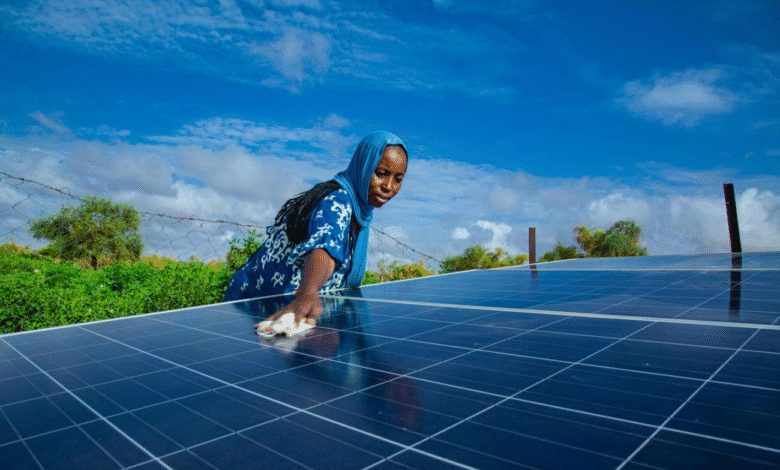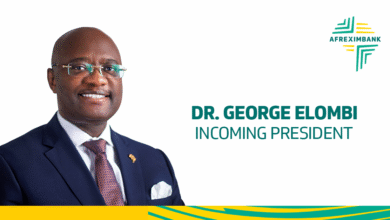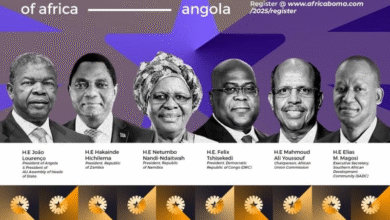Solar : Africa on track to double its capacity by 2028
According to a report by the Global Solar Council (GSC), the African continent could add 23 GW of solar energy by 2028, which would more than double its current capacity. This promising growth will primarily depend on the availability of affordable financing and the establishment of robust regulatory frameworks capable of reassuring and attracting investors...

In 2024, Africa installed 2.4 GW of new solar capacity. This figure represents a slight decrease compared to the 3 GW recorded in 2023. This decline is mainly due to a return to more moderate installation levels in South Africa after an exceptional year in 2023, as well as delays in the development of solar projects in certain regions, particularly in North Africa.
An estimated 42% increase in solar installations in 2025
Despite this temporary slowdown, the report forecasts a significant rebound starting in 2025, with an estimated 42% increase in solar installations. At least 18 African countries could add more than 100 MW of new solar capacity, compared to only two reaching that threshold in 2024. This phenomenon reflects a gradual but essential diversification of the solar market on the continent, a necessary condition for sustained sector growth.
South Africa remains in the lead

These are the findings of the Global Solar Council (GSC) report published under the title Africa Market Outlook for Solar PV 2025-2028 and led by Léo Echard, Policy Director at GSC. The report also highlights the countries most advanced in solar deployment. South Africa remains in the lead, with 1,108 MW installed in 2024, followed by Egypt, which added 700 MW through two large-scale projects. Other countries are also experiencing remarkable progress. Ghana, for example, nearly quadrupled its installed solar capacity by adding 94 MW. Burkina Faso recorded a 129% growth with 87 MW added. Nigeria posted a strong performance with 73 MW added, while Zambia doubled its capacity with 69 MW of new installations. Angola, Côte d’Ivoire, and Gambia joined for the first time the group of the top ten African countries in terms of new solar installations, reflecting a dynamic broadening of energy leadership on the continent.
Although the continent is brimming with solar potential, it captures only 3% of global investments in the energy sector
However, this solar boom in Africa should not overshadow the major obstacles hindering its full development. The GSC report highlights a critical lack of investment: although the continent is rich in solar potential, it captures only 3% of global investments in the energy sector. Yet the needs are enormous: Africa would need about $200 billion annually to achieve universal energy access goals and meet its climate commitments. Investment costs for solar projects on the continent are three to seven times higher than in developed countries. This situation is due to particularly high interest rates, increased currency risks, and a lack of financial guarantees.
There is no shortage of solar resources or political ambition in Africa, only a shortage of affordable capital
“There is no shortage of solar resources or political ambition in Africa, only a shortage of affordable capital,” observes Léo Echard. The report therefore emphasizes the need for a structured response to these challenges. Recommendations include the establishment of innovative financing mechanisms and risk-reduction instruments to lower capital costs. The GSC also calls for the strengthening of policies and regulatory frameworks to encourage more private investment, the development of local manufacturing of solar components and related skills, the modernization of grid infrastructure, and support for off-grid solutions to reach the most remote areas.
Africa stands at a critical crossroads in its energy development. If decision-makers can mobilize the necessary resources and create a conducive environment, solar energy could play a central role in Africa’s economic and social transformation while contributing to the global energy transition.
Read the report: Africa Market Outlook for Solar PV 2025-2028







